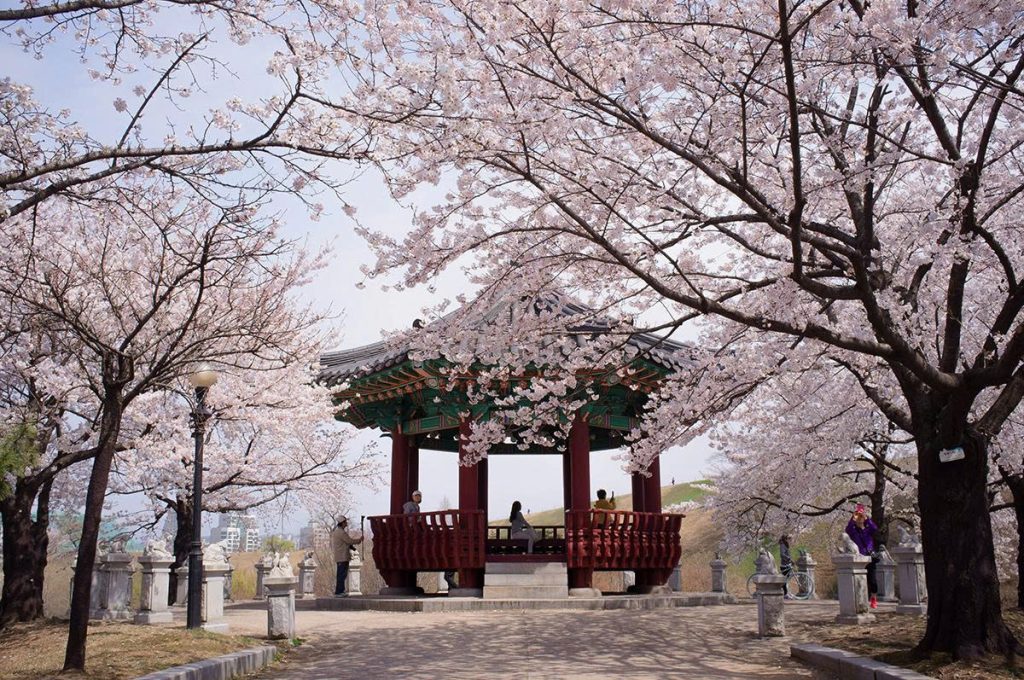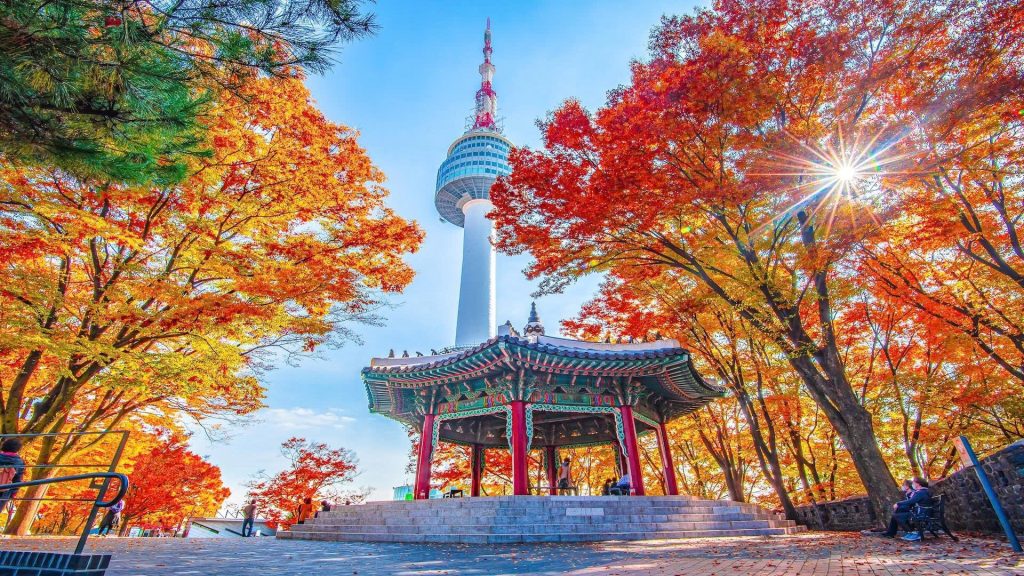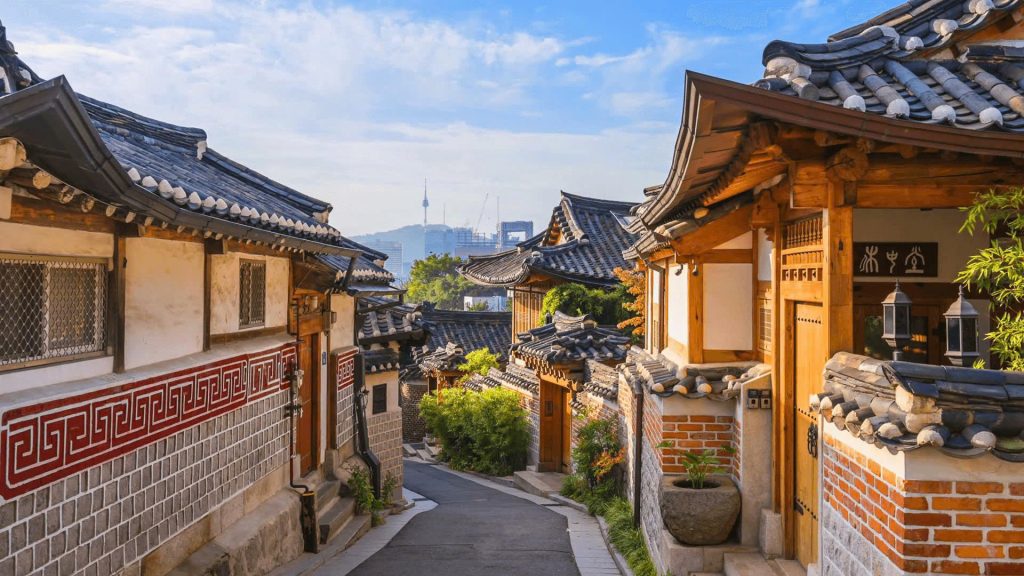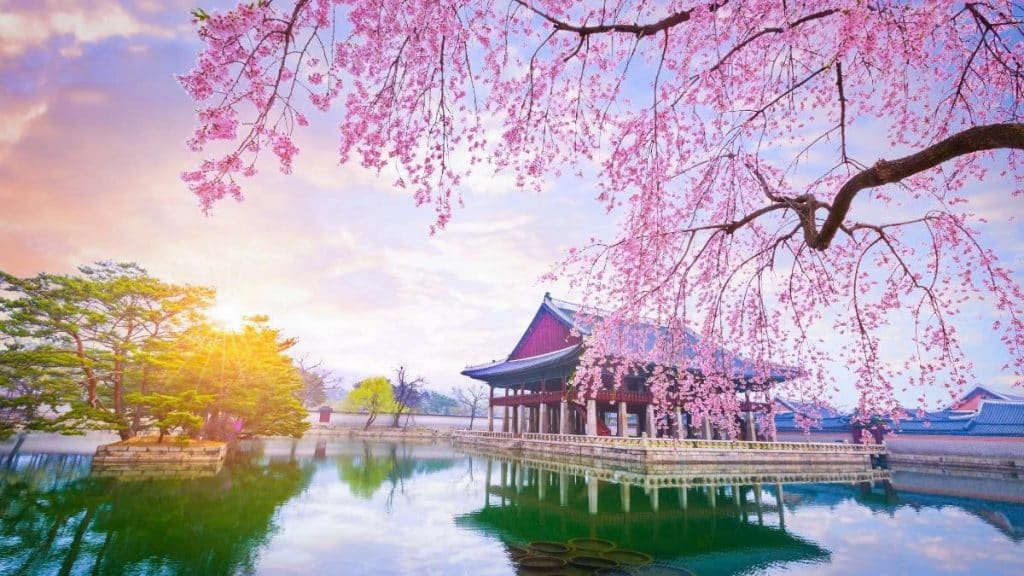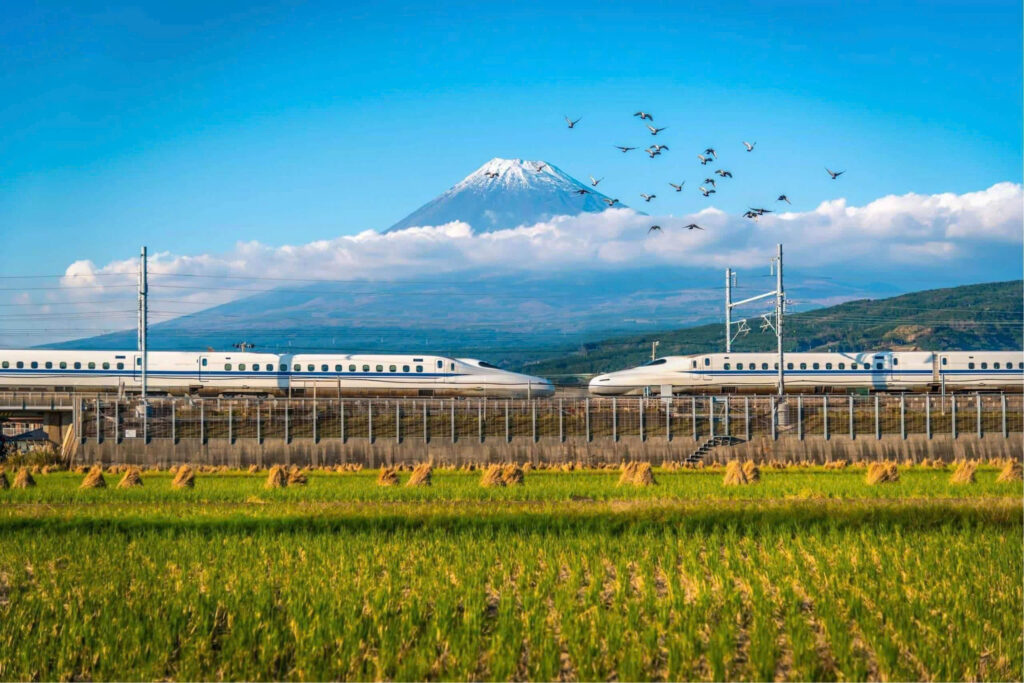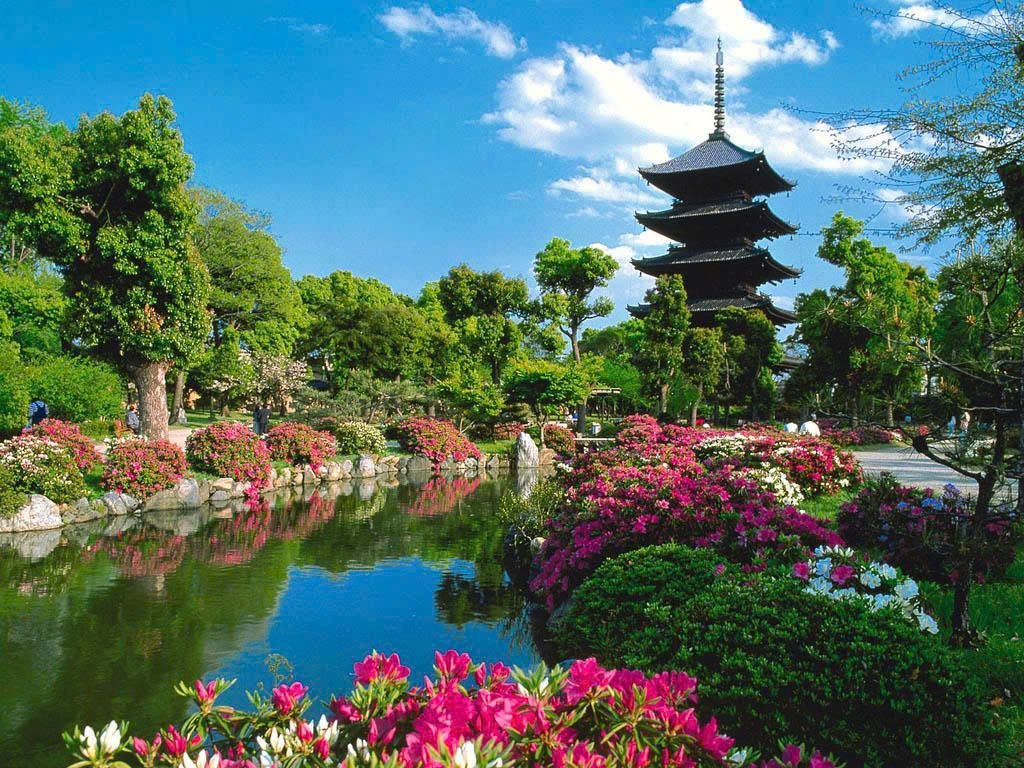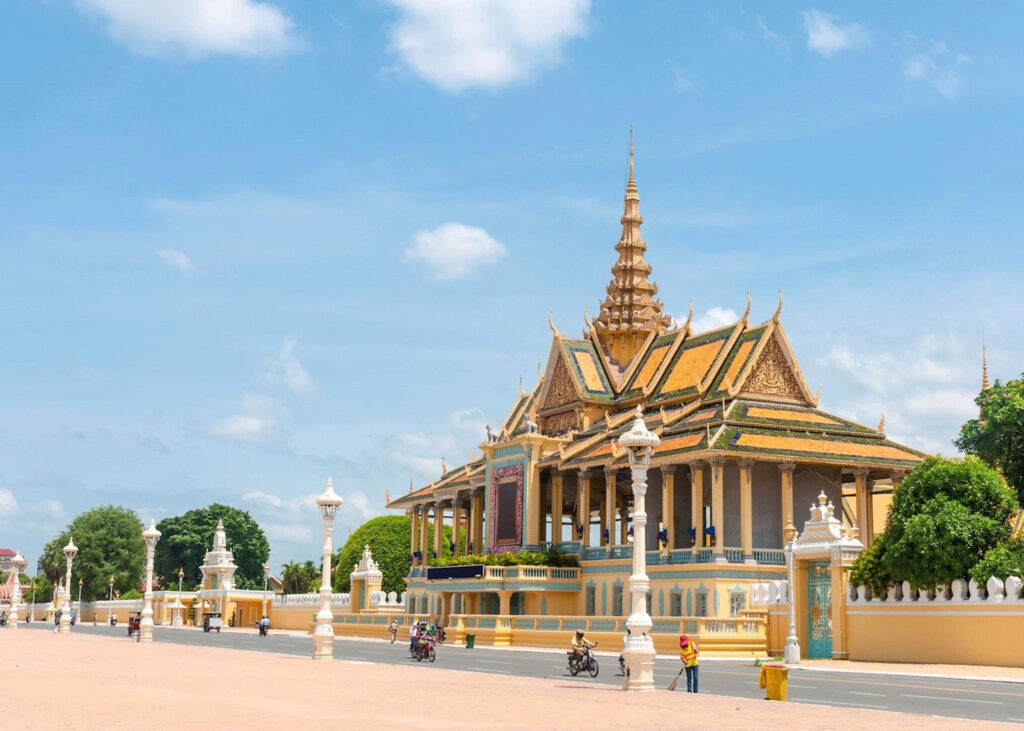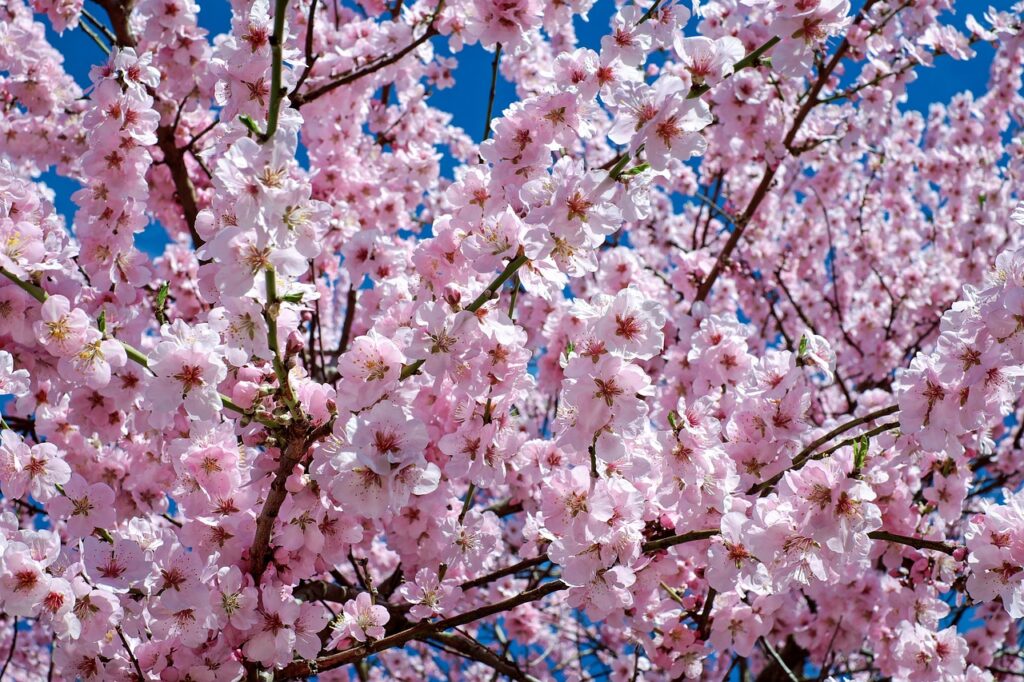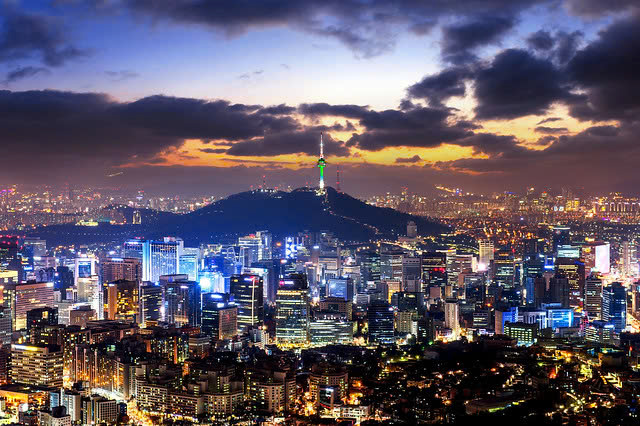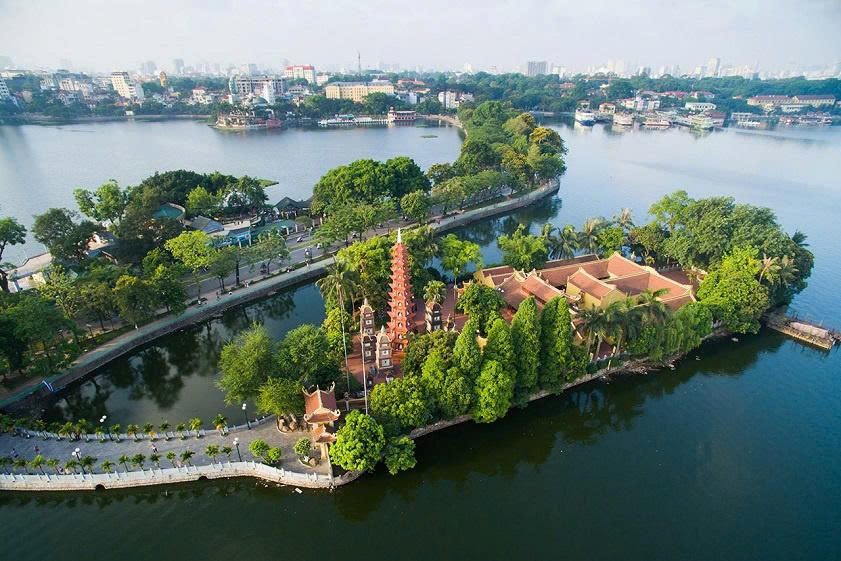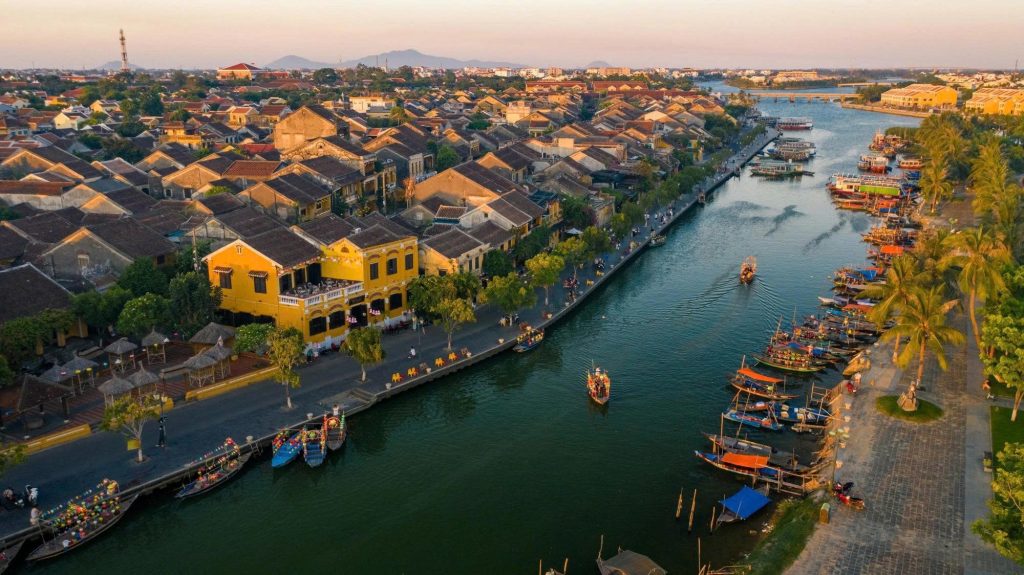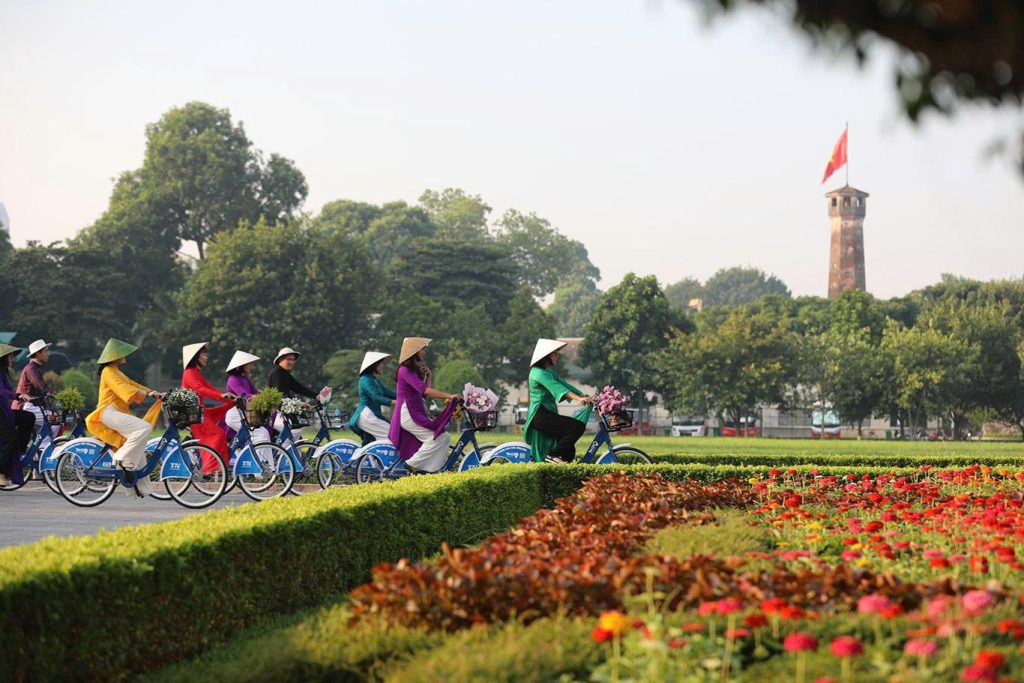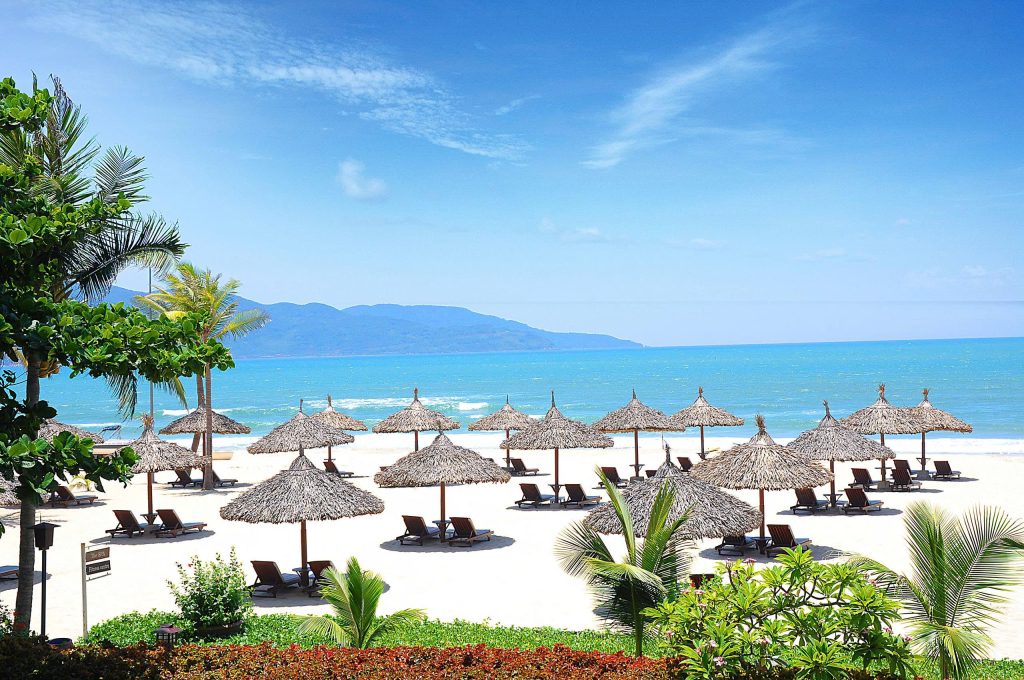Choosing the perfect time for your trip to South Korea can make all the difference. While every season offers something special, each comes with its own unique weather and crowds. This guide will help you decide the best time to visit South Korea based on what you want to experience, from stunning cherry blossoms to crisp autumn leaves and exciting winter sports.
The Best Overall Time to Visit South Korea
Most visitors find that spring (April-May) and autumn (September-October) are the ideal times to travel. These seasons offer the most pleasant weather, with clear skies and comfortable temperatures, perfect for sightseeing and outdoor activities.
| Season | Best For | Weather |
| Spring | Cherry blossoms, mild temperatures | Mild, dry, and sunny |
| Summer | Festivals, beach trips | Hot, humid, and rainy |
| Autumn | Fall foliage, hiking | Cool, clear, and dry |
| Winter | Skiing, snow-covered landscapes | Cold and snowy |
A Detailed Guide to Visiting South Korea by Season
Let’s dive deeper into what you can expect from each season, so you can pick the one that’s right for you.
1. Visiting South Korea in Spring (March – May)
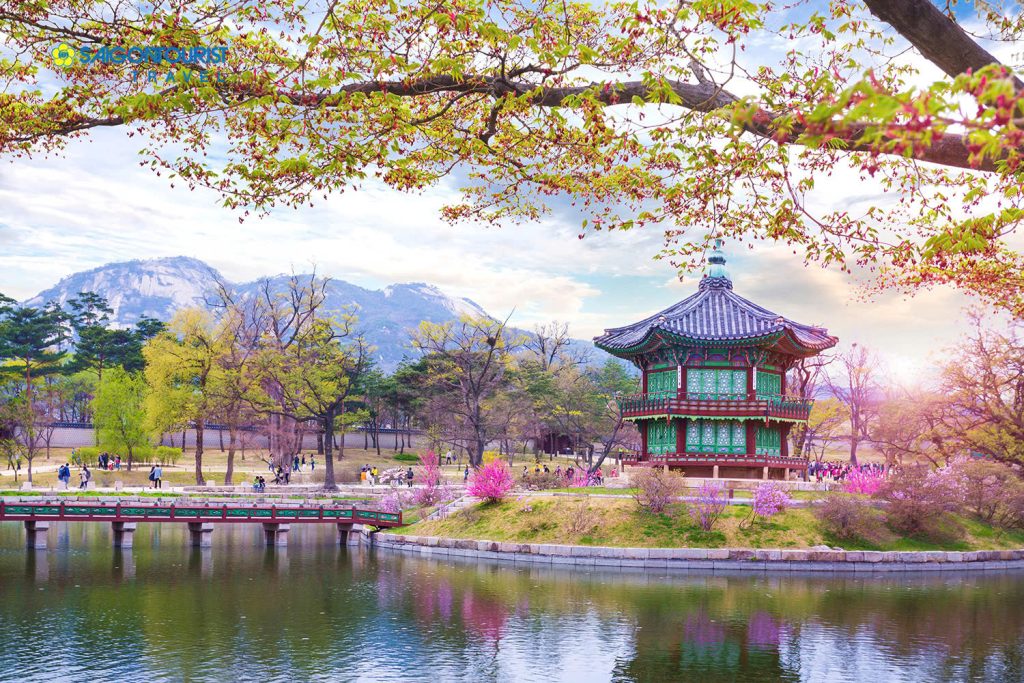
Spring in South Korea is simply magical. It’s when the entire country bursts into a vibrant display of color, and the air becomes clean and fresh.
Why Spring is the Best Time to Visit
- Cherry Blossom Season: Late March to early April is when South Korea’s beautiful cherry blossom trees are in full bloom. Cities like Seoul and Busan host festivals, creating a picturesque setting for your photos.
- Pleasant Weather: The mild temperatures are ideal for walking around the palaces in Seoul or exploring the vibrant streets of Jeju Island.
- Vibrant Flower Blooms: Beyond cherry blossoms, you’ll see stunning blooms of azaleas and canola flowers, particularly in the southern regions.
What to Expect: Weather and Crowds
Spring weather is generally pleasant, but it can still be chilly, especially in March. Be sure to pack layers. Because of the beautiful weather and famous blossoms, this is a very popular time to visit, so expect bigger crowds and book your flights and hotels well in advance.
2. Visiting South Korea in Summer (June – August)
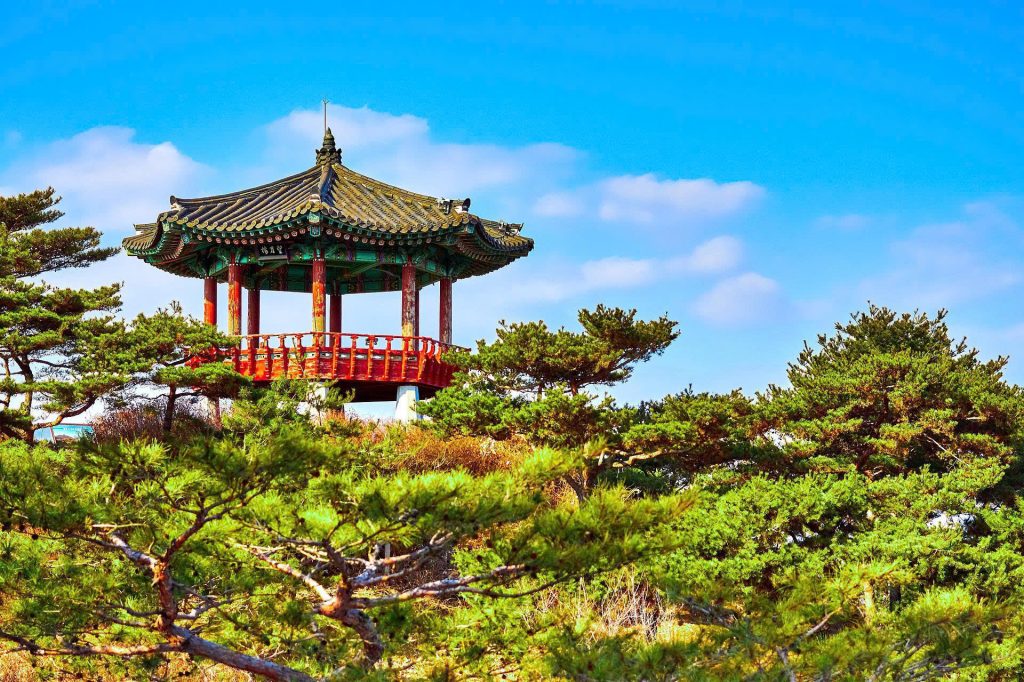
Summer brings heat and humidity, but also a lively atmosphere with a wide array of festivals and events.
What to Expect: The Pros and Cons
- Pros: This is the perfect season for enjoying South Korea’s beaches and water parks. The nightlife is bustling, and there are many outdoor music festivals.
- Cons: The main downside is the monsoon season (known as Jangma), which runs from late June to mid-July and brings heavy rain. The high humidity can also make sightseeing uncomfortable.
3. Visiting South Korea in Autumn (September – November)
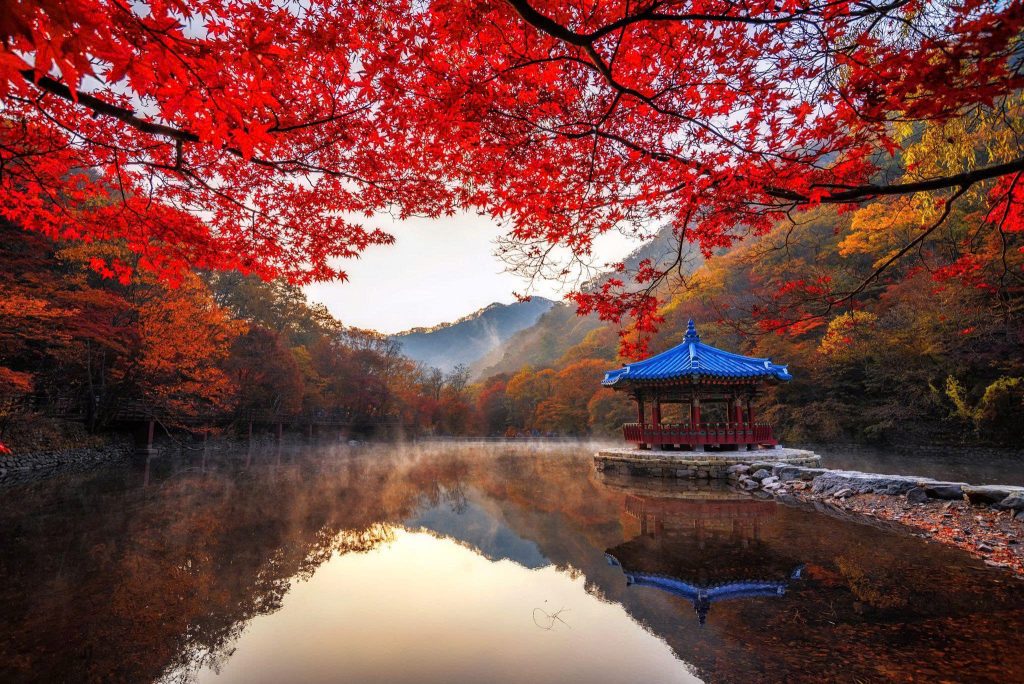
Many travelers consider autumn to be a close contender for the best time to visit. The air is crisp, the humidity is gone, and the country is painted in stunning shades of red and gold.
Why Autumn is a Favorite Among Travelers
- Stunning Scenery: The fall foliage is spectacular, especially in national parks like Seoraksan. This is the prime time for hiking and enjoying nature.
- Cool, Crisp Air: The dry, clear weather is perfect for exploring historical sites and cityscapes.
- Fewer Crowds: Outside of the major Chuseok holiday in September, you’ll find fewer crowds compared to the spring blossom season.
4. Visiting South Korea in Winter (December – February)

While it’s cold, a South Korean winter offers a unique experience, from snowy landscapes to thrilling winter sports.
Things to Do in the Winter
- Skiing and Snowboarding: South Korea is home to excellent ski resorts, including those that hosted the PyeongChang Winter Olympics.
- Winter Festivals: The famous Hwacheon Sancheoneo Ice Fishing Festival is a popular highlight.
- Cheaper Travel: This is the low season for tourism, so you’ll find lower prices on flights and accommodations.
Month-by-Month Weather & Events Breakdown
| Month | Avg. Temp. (°C) | What’s Happening |
| Jan | -2° to -6° | Cold and snowy. Great for skiing. |
| Feb | -1° to -4° | Still very cold, but skies are often clear. |
| Mar | 6° to 1° | Beginning of spring, cold nights. |
| Apr | 12° to 7° | Cherry Blossoms! Perfect, mild weather. |
| May | 18° to 12° | Warm and sunny, peak travel season. |
| Jun | 22° to 18° | Beginning of hot, humid weather and monsoon season. |
| Jul | 24° to 22° | Jangma (rainy season). Hot and humid. |
| Aug | 25° to 22° | Hot and humid. Beaches are popular. |
| Sep | 21° to 16° | Start of autumn. Cool, clear weather. Chuseok holiday. |
| Oct | 15° to 10° | Fall Foliage at its peak. Perfect hiking weather. |
| Nov | 8° to 4° | Cold weather starts to return. |
| Dec | 2° to -2° | Crisp, cold weather. Winter scenery begins. |
RELATED: 15 Must-See Attractions in South Korea
Choosing the right time to visit South Korea depends entirely on your travel priorities. Whether you’re chasing blossoms, autumn leaves, or fresh powder on the ski slopes, this guide will help you plan an unforgettable trip.

